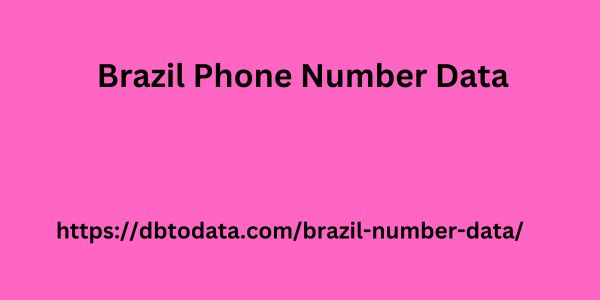|
|
Finally, the introduction of your TCC is almost complete and your research already demonstrates that it is viable and follows reliable scientific methods. So, it’s time to indicate what’s ahead and captivate the reader even more. So, just finish with a brief comment about what will be covered in the next chapters of your monograph. How about reviewing the introduction after finishing all your work? So, you can leave this final part as a draft and complete it when all your work and chapter structures are finalized. TCC Introduction: 3 valuable writing tips Start thinking about selling your work I know it sounds strange, but a great way to know where to start introducing your TCC is to think of a good justification to make someone buy it. I'll explain to you why! Think you have to convince someone to buy your work: what should you say? Why should your work be purchased? Why is he interesting? What does it deliver? How did you work to make it? All of this is the.
beginning of a good structure with, at least, objectives, hypotheses and methodology for your text, so write everything down! Then, you can combine the information with the ideal structure for the introduction and put together the outline of a writing script, combining the sales argument with the research problem, everything you have already studied and theoretical citations. Try writing around 10 paragraphs Also, remember to be Brazil Phone Number Data brief and direct. Certainly the length of the introduction will depend on the size of your TCC, but ideally 10 paragraphs, or 1 to 3 pages, should be enough for a direct and objective introduction. -> Discover 5 wke writing easier. Do you know when the connections between arguments get stuck? Just use elements to make this transition! So, based on a survey prepared by Othon Moacyr Garcia, in his book Comunicação em Prosa Moderna, we listed the most common connecting elements – adverbs, phrases, conjunctions and prepositions – for writing a great TCC introduction.

You can check them in the following table: MEANING RELATIONSHIP ELEMENTS OF CONNECTING IDEAS Priority, relevanceFirstly, above all, primarily, primarily, primarily, above all. Time (frequency, duration, order, succession, anteriority, posterity) Then, finally, soon, soon after, immediately, soon after, at first, shortly before, shortly after, previously, subsequently, next, after all, finally, now, currently, today, frequently, constantly, sometimes, eventually, sometimes, occasionally, always, rarely, not infrequently, at the same time, simultaneously, in the meantime, in the meantime, while, when, before, after, as soon as, whenever, as long as, whenever , every time, just. Similarity, comparison, conformityLikewise, in the same way, so also, in the same way, similarly, similarly, analogously, by analogy, in the same way, in accordance with, according to, according to, according to, from the same point of view, just as, as much if.
|
|